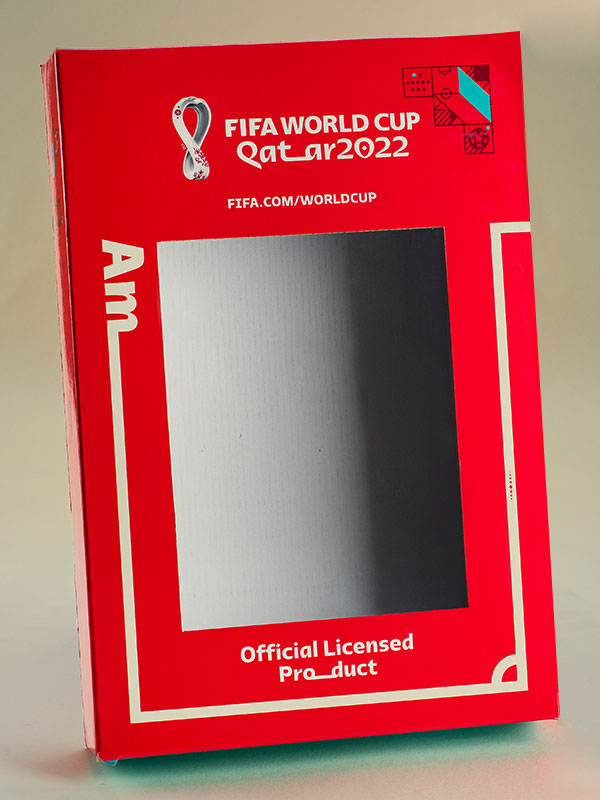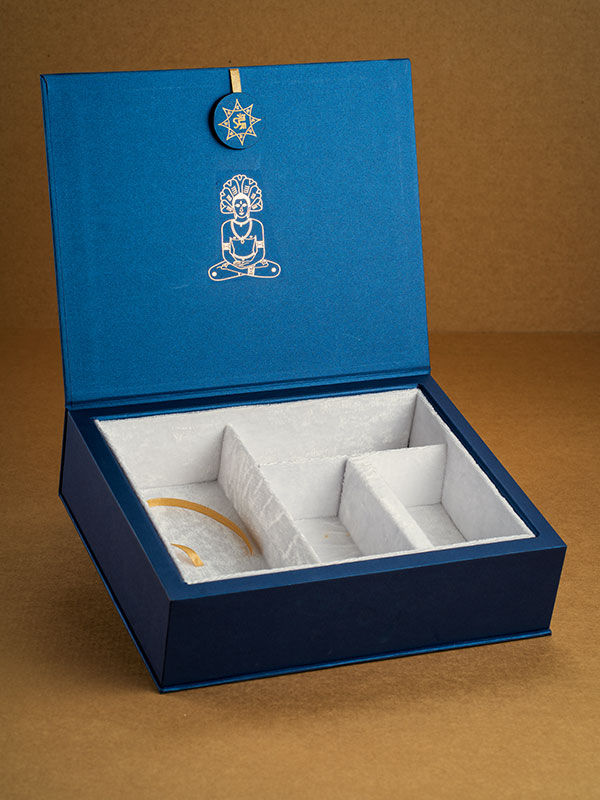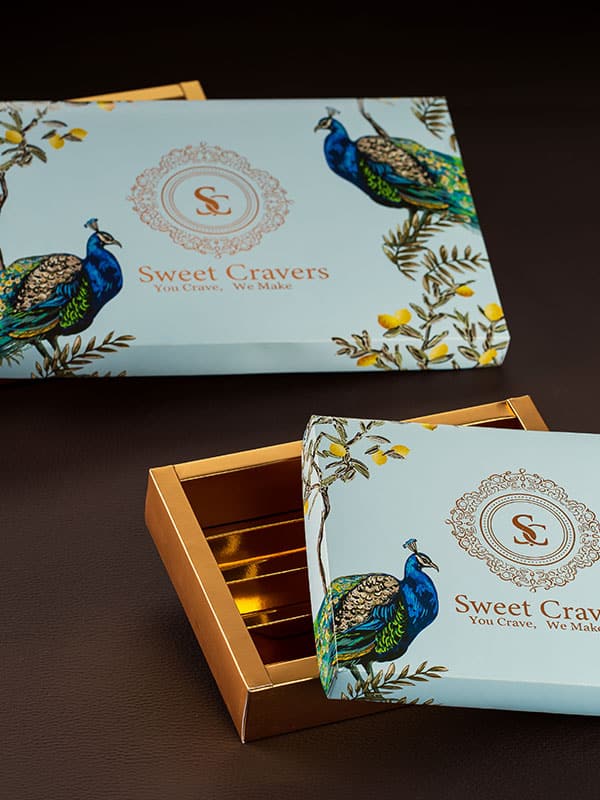Introduction:
It’s essential to choose the right types of packaging materials for your product. Packaging serves various purposes, including protection, marketing, and sustainability.
In this article, we’ll discover the different types of packaging materials and help you understand the significance of choosing the right packaging material for your products.
Importance of Packaging Materials:
Packaging materials play a primary role in ensuring the safety and integrity of products during storage and transportation.
They serve as a protective layer that shields the contents from damage, moisture, and other external factors.
Additionally, packaging materials contribute to brand recognition and help in attracting customers. Let’s delve into the significance of choosing the right packaging material.
1. Protection and Preservation:
One of the main functions of packaging materials is to protect the products. Each product has unique characteristics that require specific packaging solutions.
Fragile items, for instance, may need cushioning and shock-absorbing materials to prevent breakage.
Temperature-sensitive goods might require insulation to maintain their quality. By selecting the appropriate packaging material, you can ensure that your products reach customers in pristine condition.
2. Branding and Marketing:
Packaging materials also serve as a canvas for brand messaging and marketing efforts.
The design, color scheme, and quality of the packaging can communicate the brand’s values and help to stand out from the competition and create a memorable impression on customers.
Eye-catching packaging can entice potential buyers and increase the perceived value of the product.
Choosing the right packaging material allows you to align your packaging design with your brand identity and marketing objectives.
3. Sustainability and Environment:
In today’s environmentally conscious world, selecting sustainable packaging materials is of utmost importance.
Packaging materials that are recyclable, eco-friendly, or made from renewable resources can extensively minimize the impact on the environment.
Consumers are increasingly inclining towards eco-friendly options, and opting for sustainable packaging materials that can elevate your brand’s reputation and appeal to a broader audience.
Types of Packaging Materials:
A wide range of packaging materials are available, each with its own pros and cons. Let’s explore some common types of packaging materials:
1. Corrugated Board and Paperboard:

Paperboard and Corrugated Board are widely used in packaging as they are versatile, cost-efficient and eco-friendly. Even though they are similar both these materials have distinct features.
-
- Paperboard: Paperboard is quite expensive as it’s durable and the quality is also great. Another bonus point is that it provides an excellent printing feature.
-
- Corrugated is an affordable option, it’s also known for it’s strength and durability. It’s an excellent choice as it protects the goods and products while it’s being transported or shipped.
Both Corrugated and Paperboard are recyclable and offer excellent advantages. While choosing between Paperboard and Corrugated, here are some things to consider – The type of product, durability requirements, printing requirements and cost.
2. Paper:

Paper is another packaging material that is used widely as it lightweight and versatile. There are many types of paper that can be used in packaging. We’ll go through them later on in the blog.
Paper as a packaging material is used in various consumer packaging products like food, cosmetics and many more.
Paper is extensively used in retail, grocery and restaurants as paper bags and it’s an excellent substitute for plastic bags. As paper is eco-friendly and it can be recycled. It’s also great if you want to do printing.
3. Different Types of Paper – Types of Packaging Materials
-
-
FBB Paper –
-
- Folding Boxboard Paper is a top-notch quality paperboard commonly used for packaging purposes. It’s known for it’s durability and rigidness.
- This paper is good for premium packaging as this material elevates the box and provides a nice shine. It’s excellent if you want to display products.
- It is compatible with printing techniques and it finishes can also be added to elevate the appearance and provide extra protection to the products.
- FBB Paper is recyclable. FBB Paper is one of the best type of packaging materials because of the above reasons.
-
-
FBB Paper –
-
-
Duplex Paper–
-
- Duplex paper is a type of paperboard that is used for various packaging purposes. It’s known for it’s durability, versatility and strength. It’s available in different thicknesses and weights.
- It provides a great protection for various types of products and used mostly for folding boxes and other type of packaging containers.
- It’s compatible with printing techniques and as it offers a smooth printing surface it’s mostly used to create brochures, product inserts and flyers.
- Most of the duplex papers are created using recyclable papers. Duplex paper is eco-friendly and can be recycled.
-
-
Duplex Paper–
-
-
Kraft Paper:
-
- Kraft paper is another types of packaging materials that is used widely. Kraft paper is greatly known for its brown colour, it’s highly durable.
- It’s widely used to create packaging bags. It’s recyclable and offers a decent surface for printing.
-
-
Kraft Paper:
-
-
Textured Paper:
-
- Textured Paper is mostly used for premium packaging purposes. It is compatible with various printing techniques.
-
-
Textured Paper:
-
-
PU Coated Paper:
-
- PU (Polyurethane) coated paper is a type of paper that has been coated with polyurethane. This type of packaging material is mostly used when protection is needed against moisture.
- As it is durable and luxurious in nature it can be used in premium packaging.
-
-
PU Coated Paper:
-
-
Coloured Paper:
-
- Coloured paper in packaging can be utilised to make it more visually appealing and add a interesting touch.
- Different types of colours can evoke different emotions, so according to the brand, coloured paper can be selected.
- Coloured paper can be easily printed and is compatible with various printing techniques.
-
-
Coloured Paper:
-
-
Recycled Paper:
-
- Recycled paper is paper that is crafted using waste material. It is quite durable and is used in various packaging applications. It can be easily printed.
-
-
Recycled Paper:

-
-
Recyable Paper:
-
- Recyclable paper is paper that can be recycled again. It is used in various industries.
-
-
Recyable Paper:
-
-
Virgin Paper:
-
- Virgin paper is paper that is crafted using pulp or harvested wood fibres. It offers good strength, printing capabilities and smoothness.
- It can be used in various packaging applications like boxes and many more.
-
-
Virgin Paper:
Biodegradable and Eco-friendly Types of Packaging Materials:
As sustainability becomes the major focus, biodegradable and eco-friendly types of packaging materials are gaining popularity. These types of packaging materials are designed to break down naturally and minimizing their impact on the environment. Forward-thinking box manufacturers are now increasingly adopting these eco-friendly materials, recognizing the growing consumer demand for sustainable packaging solutions.
Examples include bioplastics made from renewable sources, compostable materials, and plant-based packaging alternatives.
Choosing biodegradable types of packaging materials can demonstrate your commitment to sustainability and meet the demands of eco-conscious consumers.
Factors to Consider when Choosing Types of Packaging Materials:
Several factors should be considered when selecting the appropriate packaging materials for your products:
1. Product Characteristics:
Understanding the specific requirements of your product is essential. Consider its size, shape, weight, fragility, and any special storage or transportation needs.
This knowledge will help you identify the right packaging material that offers adequate protection.
2. Shipping and Transportation:
The method and distance of transportation play a crucial role in material selection. If your products require long-distance shipping or are exposed to various handling conditions, you need packaging materials that can withstand these challenges.
3. Customer Preferences:
It’s essential to know your target audience and their preferences. Packaging aesthetics, convenience, and sustainability are some factors that can influence customer perception and purchasing decisions.
4. Environmental Impact:
Evaluate the environmental impact of different types of packaging materials. Consider the entire lifecycle of the packaging, including production, transportation, use, and disposal. Go for for materials that have a lower carbon footprint and are recyclable or biodegradable whenever possible.
5. Cost and Efficiency:
Packaging costs can significantly impact your overall business expenses. Assess the cost-effectiveness of different types of packaging materials while ensuring they meet the necessary quality standards. Balancing cost and efficiency is crucial to maximize profitability.
Case Studies: Examples of Choosing – Types of Packaging Materials:
Let’s take a look at a few case studies that illustrate the importance of choosing the right types of packaging materials:
Company A, a skincare brand, chooses glass jars for its premium face creams to convey a luxurious image and protect the product’s integrity.
Company B, an e-commerce retailer, opts for lightweight and eco-friendly poly mailers for shipping apparel items, ensuring cost-effective shipping and reduced environmental impact.
Conclusion:
Choosing the right packaging material is vital for product protection, branding, and sustainability.
By taking the following aspects into consideration such as product characteristics, transportation needs, customer preferences, and environmental impact, you can choose packaging materials that align with your business goals and meet the needs of your consumers.
I hope after reading this blog, you understood the importance of choosing the right packaging material and this blog help you to choose the right type of packaging materials for your products





